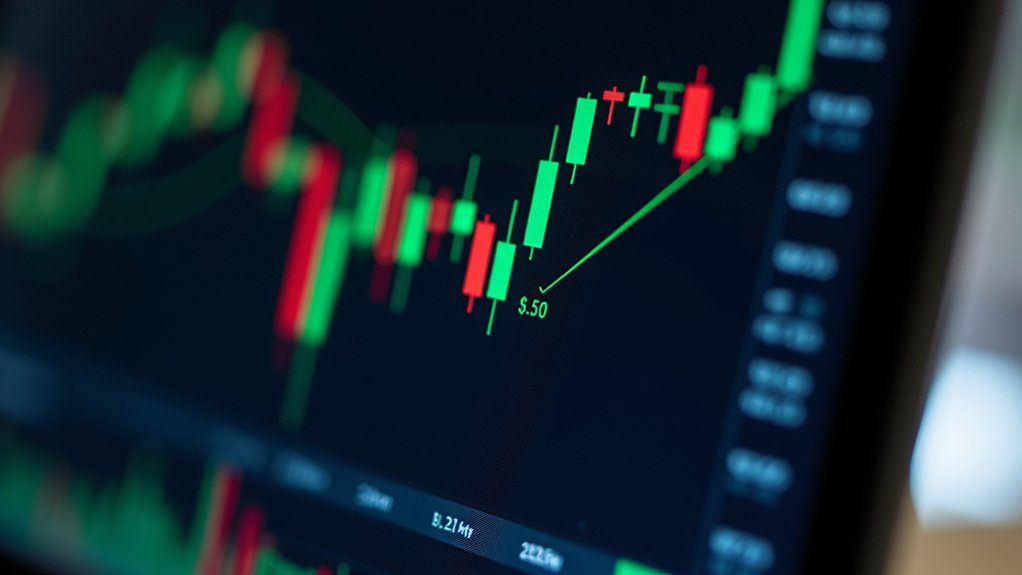Every corner of Wall Street trembled on April 4, 2025, as the U.S. stock market hemorrhaged an astonishing $3.25 trillion in a single trading session. The collapse marked the worst trading day since the pandemic-induced crash of March 2020, leaving investors gasping for air as they watched retirement accounts evaporate on their screens.
Like an economic tsunami, the damage rippled through every sector, pushing total losses since February to a mind-numbing $11 trillion.
The market’s sudden collapse spread mercilessly across industries, with losses mounting to an incomprehensible $11 trillion since winter’s end.
The Nasdaq 100 plunged 6%, officially entering bear territory as tech giants tumbled like dominoes. Tesla took the heaviest blow, shedding 10.42% of its value, while Nvidia and Apple weren’t far behind, falling 7.36% and 7.29% respectively. The vaunted “Magnificent Seven” tech stocks, once market darlings, now led the retreat. The severity of the tech decline was reinforced when the Kobeissi Letter confirmed the bear market status on social media platform X.
Donald Trump’s sweeping tariff announcement cast a long shadow over the markets. His executive order implementing a 10% baseline tariff on all imports, with additional reciprocal tariffs mirroring foreign practices, sent economists scrambling to revise forecasts. The recession odds ticker climbed past 60%, a number that hung in the air like smoke after a fire. The launch of Trump token added an unexpected layer of complexity to the market dynamics.
Meanwhile, Bitcoin watched the carnage from a distance, barely budging at $83,749. The cryptocurrency market, worth $2.68 trillion in total, suddenly seemed like a small island of calm in turbulent seas. Bitcoin’s minimal decline of only 0.16% over the week demonstrated its remarkable resilience during market chaos. That the stock market could lose more in one day than the entire value of all digital currencies combined offered a startling perspective on Wall Street’s magnitude—and fragility.
“The world turned upside down today,” remarked one shell-shocked trader on the NYSE floor, his tie loosened after hours of frantic selling. “We’re seeing money flow in directions nobody predicted.”
As night fell on financial districts worldwide, analysts pored over charts illuminated by blue screen light, searching for patterns in chaos. The question on everyone’s lips: Was this merely a painful correction, or the first tremor of something far worse?









